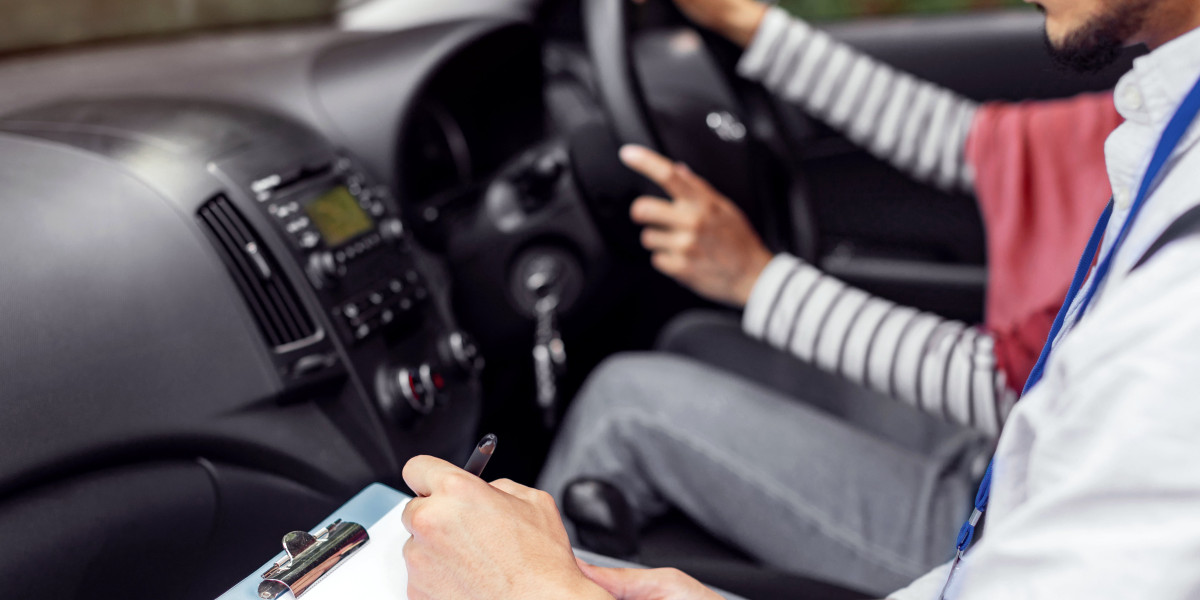Understanding the UK Driver's License: A Comprehensive Guide
In the United Kingdom, obtaining a driver's license is a critical step towards independence and mobility. It is not just a gateway to individual freedom but likewise a substantial responsibility. This article looks for to detail the procedure of obtaining a driver's license in the UK, the various categories of licenses, and some important regulations that drivers need to abide by.
Types of UK Driver's Licenses
Before diving into the application process, it is essential to understand the various kinds of driver's licenses available in the UK. The primary categories are:

Provisional License: This is the initial step for anyone aiming to learn to drive. It allows the holder to practice driving while under the supervision of a certified driver.
Full License: Once the driving test has been successfully finished, the individual will get a complete driver's license, which allows them to drive independently.
Unique Licenses: There are unique licenses for certain automobiles such as motorbikes (Category A), buses (Category D), and trucks (Category C).
European Driving License: Though it stands out from the UK driver's license, the European driving license permits driving in many EU nations without the requirement for an extra license.
The Process of Obtaining a UK Driver's License
1. Look for a Provisional License
To start the journey towards obtaining a driver's license, aspiring motorists need to initially request a provisionary license. Here's how to do it:
- Eligibility: Applicants need to be at least 15 years and 9 months old.
- Application: Individuals can apply online or through postal services by submitting a brochure from the Driver and Vehicle Licensing Agency (DVLA).
- Fee: A charge is required for application (since 2023, it's about ₤ 34 online and ₤ 43 through post).
- Identity Proof: Acceptable recognition consists of a passport or a biometric home permit.
2. Prepare for the Theory Test
As soon as the provisionary license is gotten, the next step is to get ready for the theory test, which assesses a student driver's understanding of roadway rules and dangers. This includes:
- Multiple-Choice Questions: A series of questions based on the Highway Code.
- Threat Perception Test: An evaluation to determine possible risks while driving utilizing video.
3. Take Driving Lessons
It is typically a good idea to take expert driving lessons from an Approved Driving Instructor (ADI). These lessons offer crucial hands-on experience and knowledge about roadway security, in addition to helping students end up being comfortable behind the wheel.
4. Schedule the Practical Driving Test
After passing the theory test and getting adequate driving skills, students need to schedule a useful driving test through the DVLA. The testing procedure typically involves:
- Driving Maneuvers: Candidates are evaluated on their ability to perform necessary driving strategies such as parallel parking and emergency stops.
- Road Safety Compliance: Demonstration of compliance with road indications, signals, and guidelines.
5. Get a Full Driver's License
Upon success in the practical driving test, the prospect will receive a pass certificate which enables them to get a complete driver's license. The DVLA will send a full license if all requirements have actually been fulfilled.
Driving Regulations and Responsibilities in the UK
When a full driver's license has been acquired, it is essential for Drivers license uk to comprehend and stick to the laws and regulations governing roadway use in the UK. Here are a couple of crucial obligations:
- Insurance: It is compulsory for all drivers to have valid car insurance coverage before supporting the wheel. This protects against monetary loss from mishaps or theft.
- Road Tax: Vehicle excise duty, frequently known as road tax, must be paid each year.
- MOT Test: Cars older than 3 years should undergo a yearly MOT (Ministry of Transport) test to ensure their roadworthiness.
- Follow Speed Limits: Each roadway has designated speed limitations that must be followed.
- Usage of Seatbelts: Wearing seat belts is required for drivers and passengers.
Frequently Asked Questions about UK Driver's License
1. The length of time does it require to get a driver's license in the UK?
The time required to get a driver's license differs substantially in between individuals. Usually, learners spend about 45 hours getting trained with an instructor, followed by an extra 22 hours of private practice. After booking tests, the processing of applications can also take a few weeks.
2. Can I drive with a provisionary license?
Yes, you can drive with a provisional license, but you need to be accompanied by a driver who is at least 21 years old and holds a complete license for the type of lorry being driven.
3. What occurs if I fail my driving test?
If you fail your driving test, the inspector will offer feedback on areas for enhancement. You can retake the test, but it is generally advised to take a few extra lessons to reinforce your skills before attempting again.
4. Can I drive in the UK with an EU driving license?
Yes, EU driving licenses stand in the UK. Nevertheless, those preparing to remain in the UK for more than 12 months should think about exchanging their EU license for a UK one.
5. What do I need to do if I lose my driving license?
If your driving license is lost or taken, you should report it to the DVLA and request a replacement. You will need to supply identification and pay a charge.
Navigating the procedure of obtaining a driver's license in the UK can seem difficult, but understanding each step simplifies the journey. From obtaining a provisionary license to passing the dry run, each stage prepares for accountable driving and compliance with the laws governing road use. Always bear in mind that driving is a privilege that comes with responsibilities, and continued adherence to the policies makes sure the security of all road users.








